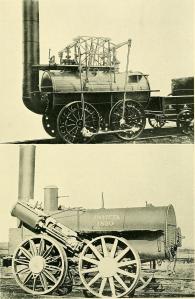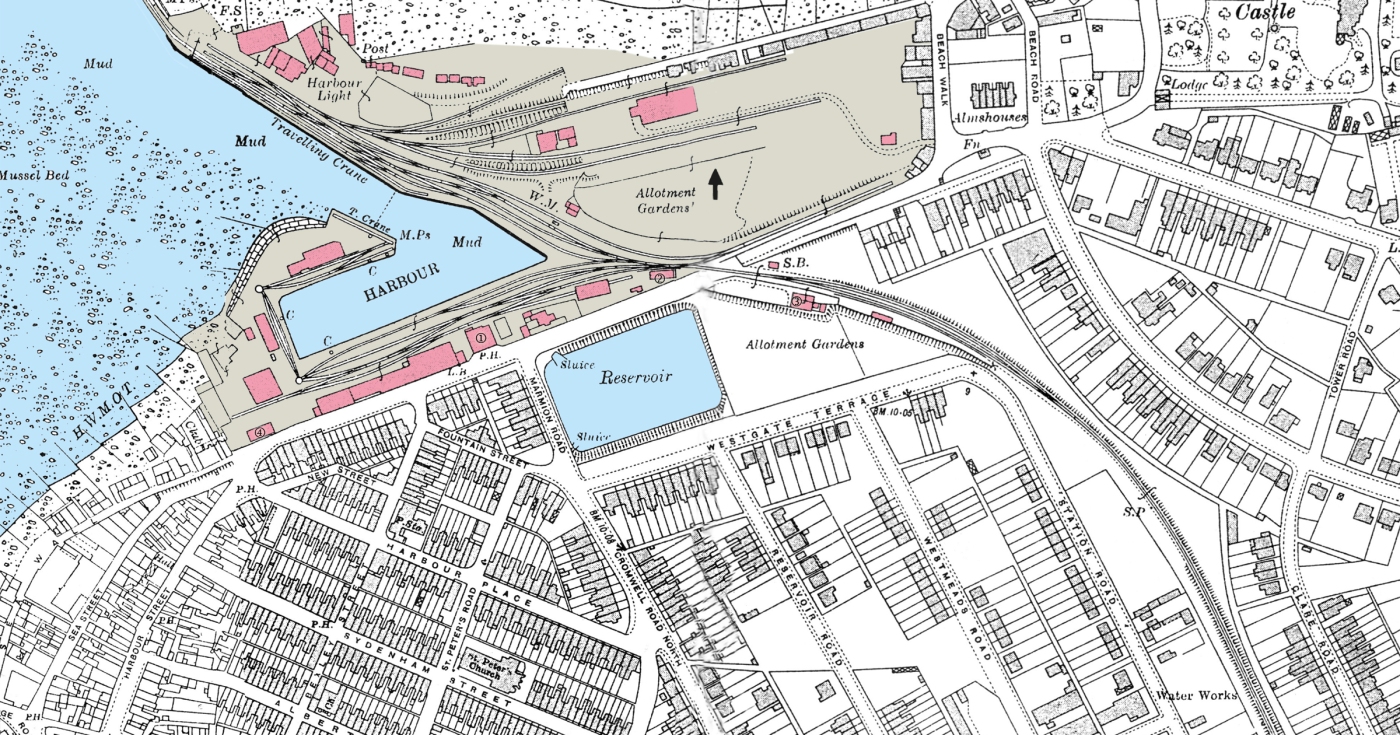Southeastern England’s Canterbury and Whitstable Railway – also known by its nickname the “Crab and Winkle Line” – was officially opened. That public railway, linking the famed cathedral city of Canterbury with the seaside town of Whitstable, was created to transport both passengers and freight.
The railway relied on cable haulage by steam engines over much of the line for mobility, with steam locomotives used for the level stretch along that route. Initially, the Canterbury and Whitstable Railway utilized a single track throughout the entire line along with passing loops at a section called Clowes Wood and also the entrance to Tyler Hill Tunnel. The track specifically consisted of 15-foot (4.57-meter) iron rails on wooden sleepers at three-foot intervals.
This railway was the first steam-hauled passenger line to include a tunnel as part of its route. The railway also had the distinction of being the first of its kind to issue season tickets; these tickets were given to passengers using the line to visit Whitstable’s beaches during the summer months.

When the railway made its debut, the steam locomotive used for the level segment was Invicta (Latin for “undefeated,” and also the motto on the flag of the county of Kent where the line was located). This locomotive has been preserved and can be seen today in the Museum of Canterbury. The railway that it served remained in existence in one form or another until 1953.
For more information on the Canterbury and Whitstable Railway (“Crab and Winkle Line”), please check out http://crabandwinkle.org/?page_id=20.


Leave a comment